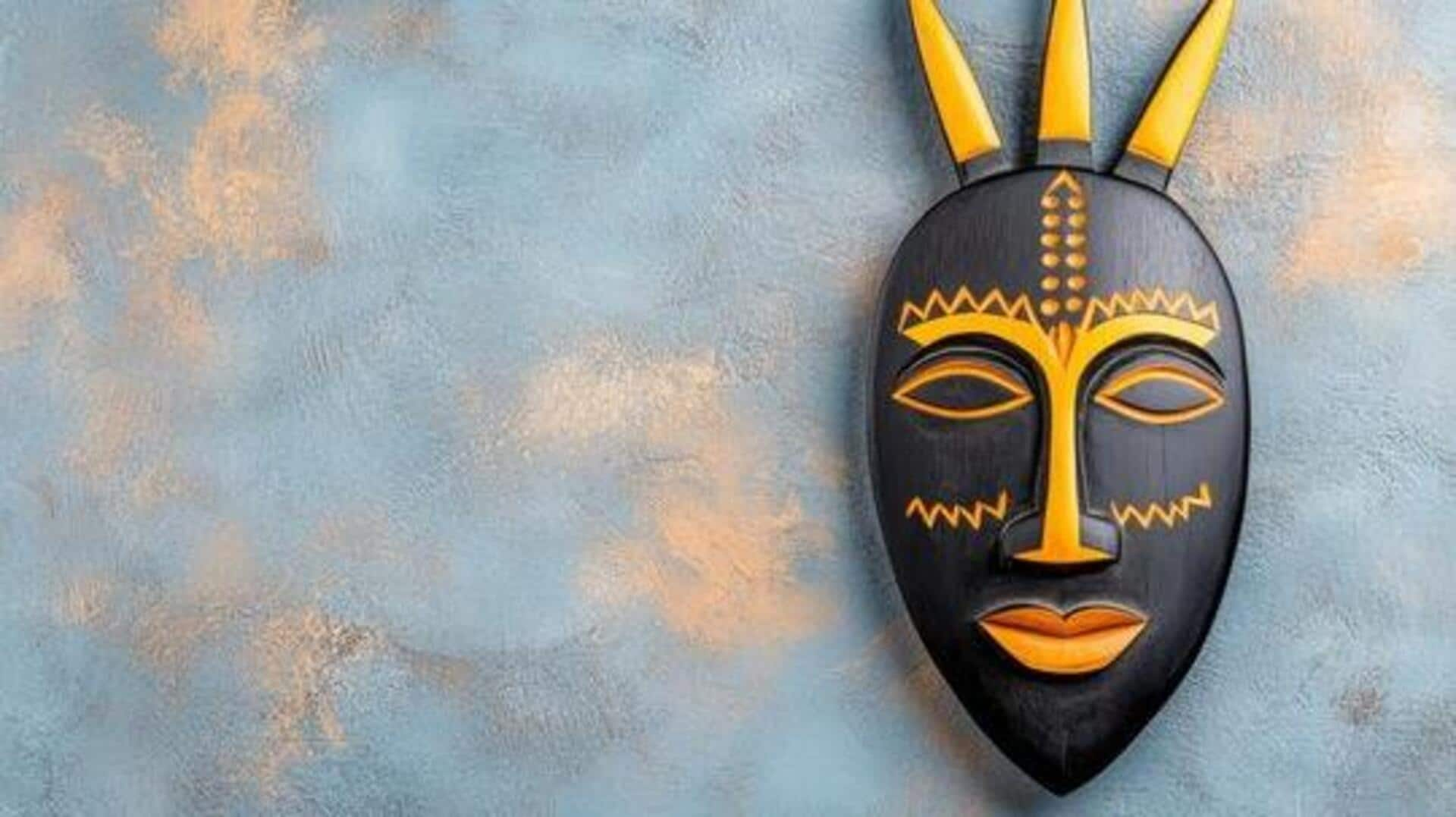
African masks: Meaning, purpose, and craftsmanship
What's the story
African masks have an important place in the culture of many African communities.
These masks are not merely artistic pieces but are deeply symbolic and traditional. Made with finesse, they are a connection between the physical and spiritual realms.
Knowing the symbolism of the masks and what traditions go into their making makes their cultural importance clear.
Cultural significance
Symbolism in African masks
African masks are emblematic, often representing ancestors, spirits, or deities. They play a pivotal role in various rituals and ceremonies.
These masks act as conduits for communication with the spiritual realm.
The designs of these masks vary drastically between regions. Each is imbued with unique meanings that mirror societal values or recount historical narratives.
This diversity in design underscores the rich cultural tapestry. It also signifies the deep-rooted traditions these masks represent.
Crafting elements
Materials used in mask making
Common materials to make African masks are wood, fabric, beads, and natural pigments.
Wood is often selected due to its availability and easy carvability.
Each material is chosen for its contribution to the mask's symbolic meaning. For example, some woods are favored for their association with certain spirits or qualities, adding to the significance of the mask.
Artistic methods
Techniques of mask crafting
The crafting process also involves skilled artisans who use traditional techniques passed down through generations.
Carving is often done by hand using simple tools to ensure precision and detail.
The process may also include painting or adorning the mask with additional elements like feathers or shells to enhance its appearance.
Ritual functions
Role of masks in ceremonies
In several African cultures, masks play a prominent role in ceremonies for initiations, harvest festivals, or funerals.
The masks are donned by performers who represent spirits depicted by the masks in dances or rituals.
This tradition strengthens community ties and perpetuates cultural practices through the art of storytelling and performance.